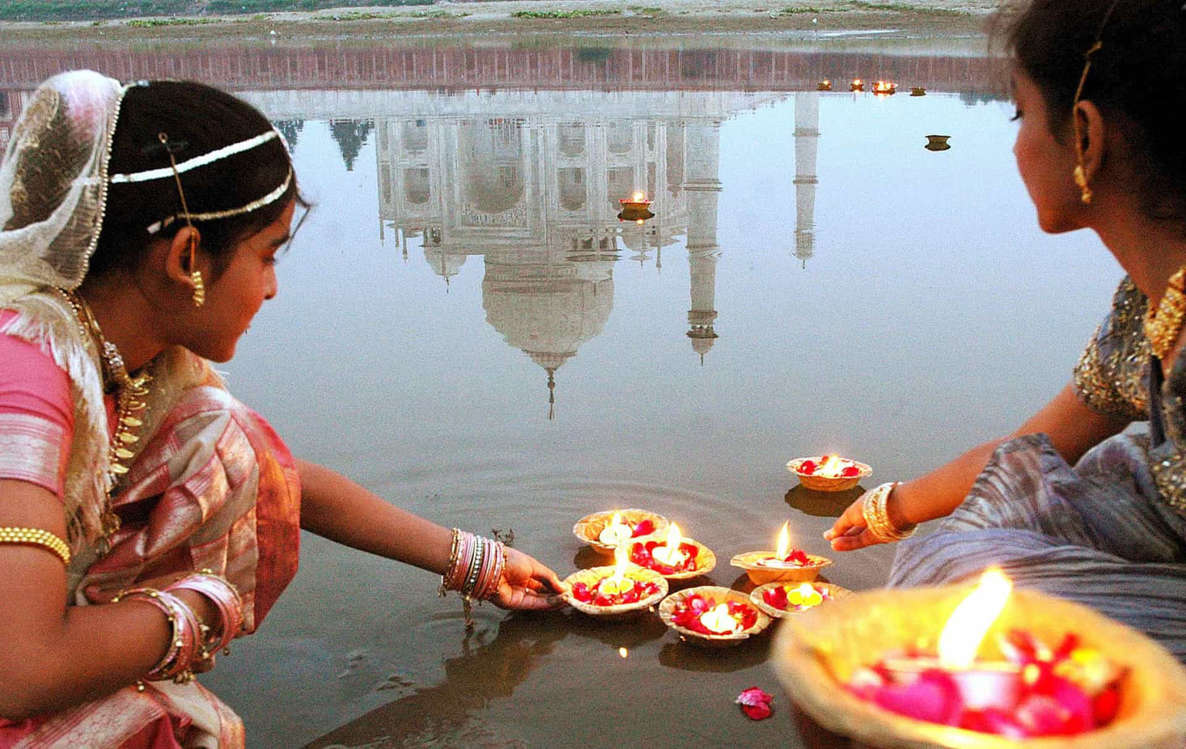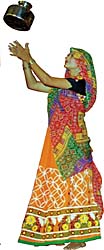- GADHER COMMUNITY
- Guru Guidance & Hinduism
- Gotra, Kuldevis & Nived
- Our historical sites
- Blessings & Festivals
- Gadher Community of today
- Gadher Family Tree
- Essence of Life
- Gadher Pluralism
- Gadher young generation
- Amazing Africa
- Incredible India
- Nostalgia
- Origin of this Website
- Dedication
- Golden Memories
- Achievement
- Jivan Darbar
- Disclaimer & Copyright
What adheres Gadher Community together?
Gadher Kurdevi Worship
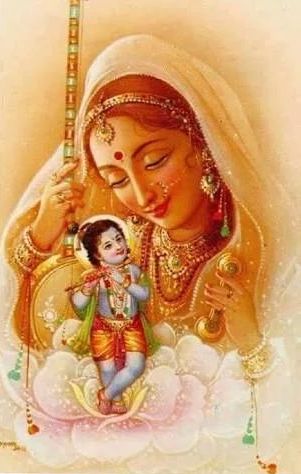
Gadher Gotra (गोत्र)
Gotra denotes the progeny (of a sage) and broadly refers to people who are descendants in an unbroken male line from a common male ancestor. Generally the Gotra forms an exogamous unit, with the marriage within the same Gotra being prohibited by custom. It is envisaged that people from the same Gotra possess similar thought and philosophy. Among non-Brahmins, the gotras generally do not go back to sages, except in case of some communities such as Rajputs.
According to Upanisad, Gautama and Bharadvāja, Viśvāmitra and Jamadagni, Vashishtha and Kaśhyapa and Shandilya are seven sages also known as Saptarishi. The progeny of these seven sages are declared to be Gotras. Gadhers belong to the Kashyapa-gotra. When a Gadher says "I am Kashyapa-gotra," he means that he traces his descent from the ancient sage Kashyapa by unbroken male descent.
Lord Kashyapa is also mentioned as one of the Prajapatis in the Mahabharata as well as the claimed author of the treatise Kashyapa Samhita or Jivakiya Tantra, which is considered a classical reference book on Ayurveda, especially in the fields of Ayurvedic medicine.

(AP Photo/Rajesh Kumar Singh)
What are Kurdevis or Kuldevi
Kurdevi stands for "family deity. The word Kuradevi is derived from two words: Kura, meaning clan and Devi, meaning deity. Thus, it can be said that Kuradevis are deities which are worshiped by particular clans. Hindu families make a pilgrimage to the Kuradevata or Kuradevi temple to obtain the blessing of the deity after an auspicious occasion such as a wedding. Kuradevatas are mainly manifestations of Shiva or Shakti respectively. In the states of Gujarat and Rajasthan, these deities are generally, the manifestations of Parvati, the consort of Shiva. She is worshiped by different names by different clans.
Kurdevi Mataji is represented as the benevolent Mother where she is the personification of eternal peace. Prayers are offered to 'Maa' who is the manifestation of the absolute energy in the universe. Hindus believe that the ‘Maa’ stands for everything that is everywhere in the universe and Maa as the Universal Energy is worshipped in different forms on different occasions. Worship of the kul-devata or kur-devi is considered to be of utmost importance. The Kur-devata is the guardian of the family, of the lineage. Ancestors of the family have worshipped the deity and there is a bond between the family and the deity. Worship of the kuldevata is said to appease the deity who is the sole protector of the family. One who worships his/her family deity is said to be protected by the deity in times of calamity.
Nag Worship or Nag Puja
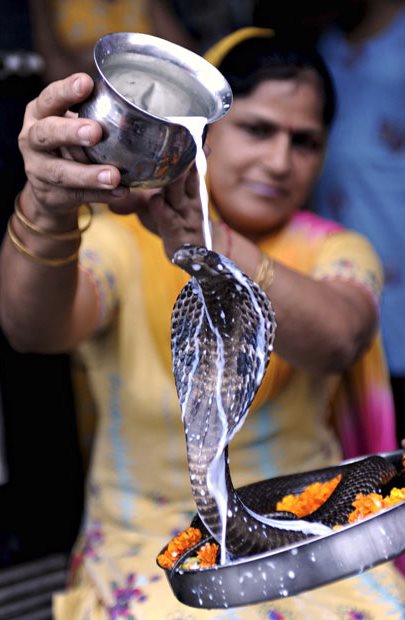
Nag worship
The Indian King Cobra (Nag) is also a famous Kuladevata. It is known by several names, such as, Nagadevata and Nagabaapa. The king cobra is also culturally significant, with many legends and associations with Hindu gods. The Naag (Serpent) culture was fairly widespread in India before the Aryan migration, and continues to be an important sect in certain areas. After coming to India, the Indo-Aryans incorporated the worship of snakes (Naag) into Hinduism. The festival is especially dedicated to the Shesh Naag, who comforts the protector of the entire existence, Lord Vishnu. Another legend speaks of Kaliya, the snake that inhabited the waters of the River Yamuna, whose venom was so vile that it poisoned the river and killed the crops and animals in the region. Bhagwan Krishna, one of Vishnu's avatars, killed Kaliya and liberated the people. That is why Naag Panchami has been celebrated ever since. The origin of snake worship goes back to Ram antiquity.
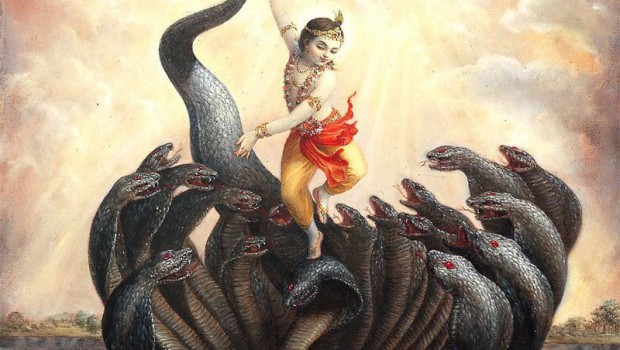
Surapura Bapa or Surapura Dada
There were our valiant ancestors who sacrificed their lives to protect the honour of our women and families and are called Surapura Dada. Memorials in their name were erected where they fell and died. These memorials of our defenders are still in existence in Gujarat. Hence, such ancestral father-worship is of great importance to our communities. Wherever possible, the newly-weds symbolic wedding knot or ‘cheda-chedi’ which is tied at the 'mandap' during the Hindu wedding ceremony is opened after prayers to their Kuldevi and family’s Surapura Dada in order to receive ancestral father’s blessings. Our Surapura Bapa was Thana Bapa.
Gadher Kurdevi
Kurdevi of Gadher Parivar is 'Ashapura Mata' and she is one of aspect devi and one of the principle deity of Gujarat and her temples are mainly found in Gujarat. As the name indicates, she is the Goddess who fulfills the wish & desires of all those who trust and believe her. The unique thing about most of the idol of Ashapura Mata is that it has 7 pairs of eyes. Some people in Rajasthan and Gujarat consider her to be an incarnation (avatar) of goddess Annapoorna devi. Annapurna or Annapoorna is the hindu goddess of nourishment. Anna means "food" or "grains" and Purna means "full, complete and perfect" in Sanskirt. She is an avatar (form) of Parvati, the wife of Shiva.
The main and original temple of Ashapura Mata, is located at Mata no Madh in Kutch, where she is worshiped as Kuldevi of Jadeja rulers of Kutch and main guardian deity of region. The original temple located 80 km from Bhuj was built around 1300 AD. The deity was later adapted as Kuldevi by Jadeja rulers, when they won battles, with her blessings. Every year at Navaratri annual fair at Mata no Madh, thousands of devotees turn up to pay their respects to the goddess form all over Gujarat. Her temples are also found in other Jadeja domains of Rajkot, Jasdan, Morbi, Gondal, Jamnagar and Ghumli.
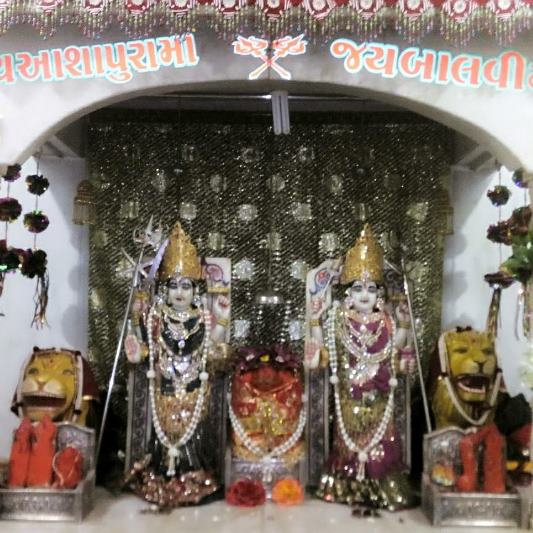
Don't forget to visit the 'Historical Site' Tab < CLICK TO VIEW
Gadher Pluralism
Whilst many Gadhers worship Ashapura mata, there are some who also worship Balvi mata and Gatral mata. Ashapura mata and Balvi mata are believed to be sisters and hence often seen together in many temples. Additionally, we all worship Amba Mata regardless of any reasons.
Nived - meaning and significance
It is interesting that although many people perform Nived, they really do not understand the meaning and significance of this ritual. The reason for this is that although Nived has been performed for thousands of years, the origins of rituals are lost due to absence of a written language during the tribal age of our ancestors and also compounded by the absence of written records of the ceremonies. Ideas had to be passed on from generation to generation by means of oral narration. Additionally, knowledge has meant power and often the procedures, performances and processes were kept secret. The whole idea of this website is to make visible some of these hidden rituals as well as preserve and protect them for the younger generation to come. Also, today’s younger generation are inquisitive and would like to know the reasons behind performing Nived and often parents themselves find it difficult to explain the reasons as they have been following the ritual learnt from their own parents and grandparents without a greater understanding or visibility.

Global 'Nived' Invitation to all Gadher Families < Click to read
Rituals and significance
A shrine for the nived will normally include Maa Kurdevi’s image, coconut, fruits and flowers plus any offerings of prepared food dishes offered to the deity. Ten morsels of puris are placed in a large dish. Each morsel consists of a heap of nine puris and one vada on top of each heap. A cup shaped diva with four corners, made from wheat flour is placed on top of each heap. Each diva will have wick wet with ghee in each of the four corners.
Two coconuts are smashed as offerings and coconut milk is collected in a container. Seven pieces from the cracked coconut are placed in front of the Mataji’s image and a small portion of food from each prepared dish is placed on top of these coconut pieces to signify offerings to the deities. All wicks on the ten morsels are lit and Aarti performed as a ‘thanks’ to the deities. Aarti is a ceremony of humility, a moment in time in which we acknowledge that we are nothing compared to the deity, however, we offer our devotion and love with prayers and hope that it would be accepted. All family members share in this Aarti event which also unifies the community as one. By performing these sacred acts the worshiper create a relationship with the divine through his or her emotions and senses. Family members bow before Matajis to receive their blessings. Blessings are supposed to negate any distress, sufferings, misfortunes, miseries and troubles and replaced these with joy and happiness. Everyone receives a portion of the offering which is now considered blessed by the deities and is eaten as prashad or blessed food.
Many stories are recited of the good deeds of Matiji to communities during times of difficulties and these deeds has kept the ceremonies alive and going - we as Gadher Parivar intend to keep this key aspect going.
Nived: Preparations, Prashad & Prayers
Preparations and pre-requisites before a Nived offering:
- Nived cannot be held in the Gujarati month of Jeth or Bhadharvo
- Nived offering can only take place on a certain day of the week - usually on Sunday
- Any person either preparing or involved in the Nived offering must be clean
- Anyone taking part in a Nived must purify themselves as one would do for any auspicious occasion
- All Samagri (Puja Items) & Ingredients must be freshly obtained
- All participating must dress appropriately
- Women must cover their heads during the offerings
‘Nav Nived’ Offerings:
The complete Nived offering for the Devis & Devtas are:
- Kheer – Rotli (X5) Rice Pudding and ‘Par’ 1 layer Chapatti
- Shree Far (X2) - Coconut with hairs/fibres cleared & sound of water inside
- Tal-Vat-Sesame Seeds grinded with ‘Gor’ (Jaggery)
- Lapsi – Made from broken wheat (Ghav) and Gor Ghee
- Khichri – Plain Rice with Split Moong dal boiled together
- Kang No Dholo – Boiled Kang (white lentil)
- Ladvo – Chapatti Flour with Ghee & Gor
- Juwar Na Thethwa – Boiled/ Steam Millet granules
- Choka – Boiled rice with Gor and Ghee (clarified butter)
1. Kheer and Rotli for Mataji
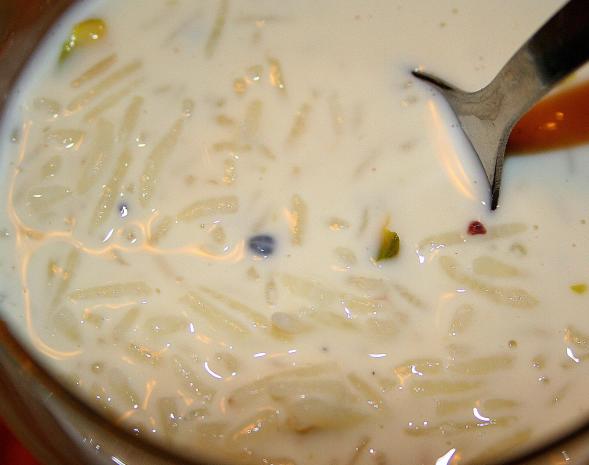
Kheer
Ingredients: Basmati Rice, Full Fat Milk, Sugar, Ghee, Water
To prepare the Kheer, take ‘sava muthi’ of chokha, wash and boil & drain.
Using the milk measure double the amount of milk to rice and warm on a gentle heat. Add the rice and allow to simmer gently. Add Sugar to taste. Once the milk evaporates and thickens the Kheer is ready. Serve in a small ‘steel’ bowl with a small amount of Ghee on top.
Rotli
Ingredients: Chapatti-Flour, Ghee, Hot water
To prepare the Dough, take ‘Sava Muthi’ of flour and a small amount of Ghee as the ‘Moun’ (Shortness) mix with fingertips and the consistency should be like breadcrumbs, add more Ghee if required to get this consistency. Add hot water and bind to a Dough. Take off 2 small balls, dip in dry flour and flatten both with your hand on the wooden ‘patlo’ (rolling surface). One side of each spread some Ghee all over and some Dry flour and over with the other flattered one. Dip this in flour and roll out until about 2mm thick. On a hot ‘lodi’ (Hot flat pan) Cook rotli on both sides. You will be able to peel off the 2 sides once cooked, spread a little Ghee on the opened side. For the offering you must have 5 ‘Pars’ sides served next to the Kheer on steel plate.
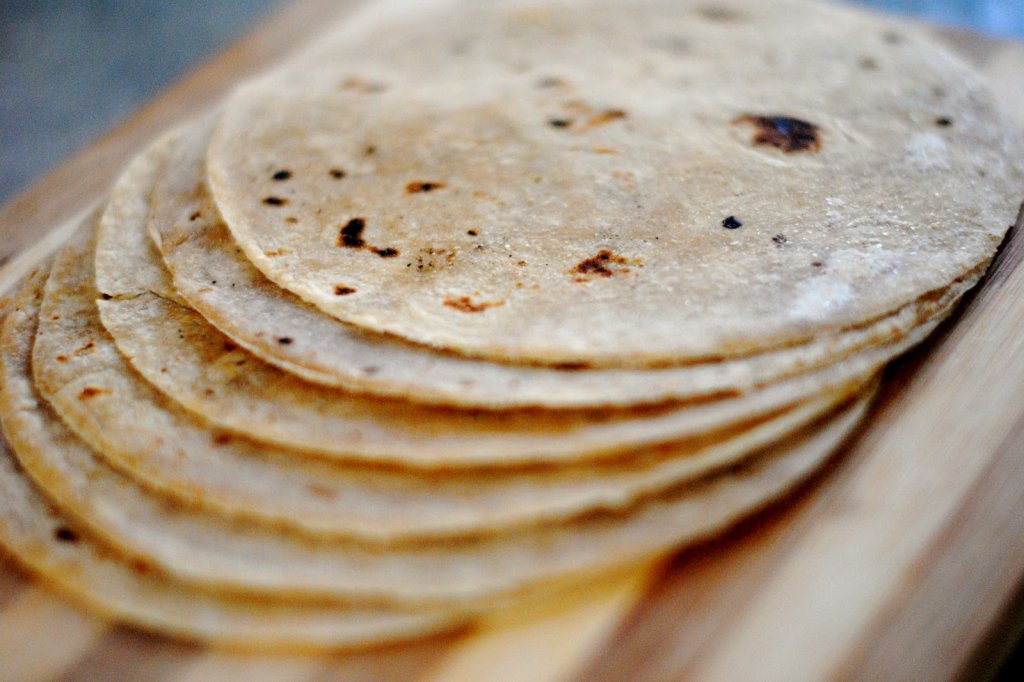
2. Shree-Far for Mataji
Nariyar - Two Brown Coconuts
To select a good Coconut shake and listen for water, also flick the coconut and listen to the sound, if it has a distinctive echo then this will have water and will be moist when opened. Ensure by checking under the fibres that there are no dents of cracks. To prepare the Shree Far, trim off the excess fibres with a knife to clean and neaten up and wash both and place on a plate for offering. The Shree Far can be cracked open just before the offering is made by a male. Coconut is cut into pieces approximately 1inch by 1inch.

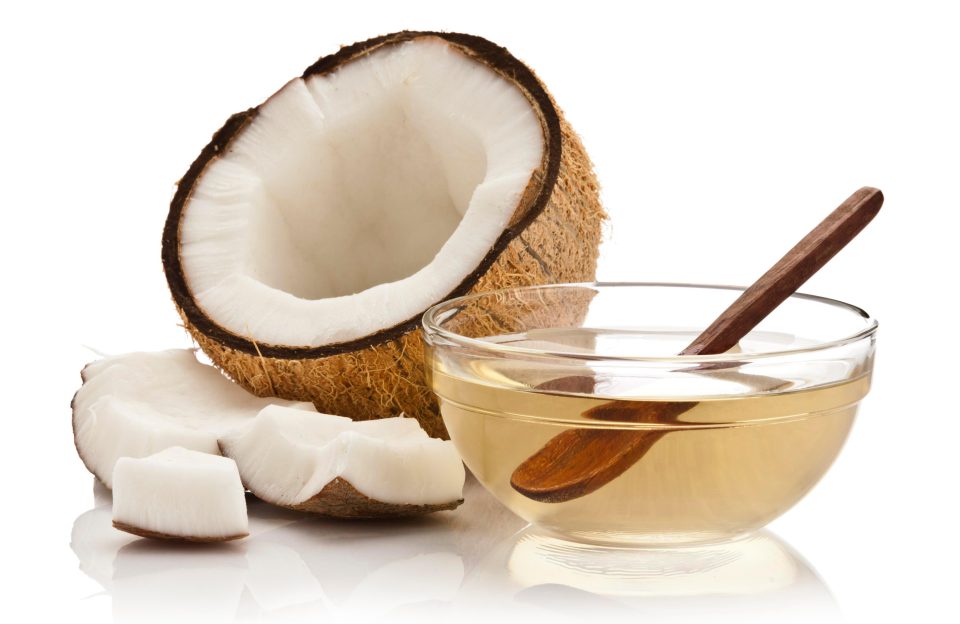
3. Tal-Vat
Tal-Vat Ingredients: White sesame seeds, ‘Gor’ - (Jaggery)
To prepare the Tal-Vat, take ‘sava muthi’ of Sesame seeds, and place into a Mortar and begin to crush the seeds with a Pestle. Add some Gor to the mortar and crush in the gor. The Gor will melt and break down and the Tal-Vat is ready. Place in a small steel bowl and serve.
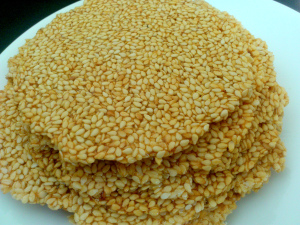
4. Lapsi for Mataji
Lapsi Ingredients: Broken Wheat, water, Gor & Ghee,
To prepare the Lapsi, take ‘sava muthi’ of Broken wheat, and place into a small non stick pan and begin to roast flour in at a low heat, until the colour turns light brown. Add some Gor & Ghee (to taste) to a cup of hot water. Add the mixture to the dry roasted flour and stir quickly, the grains will soak up the liquid and thicken. Place in a small steel bowl and add some ghee to the top ready for offering.
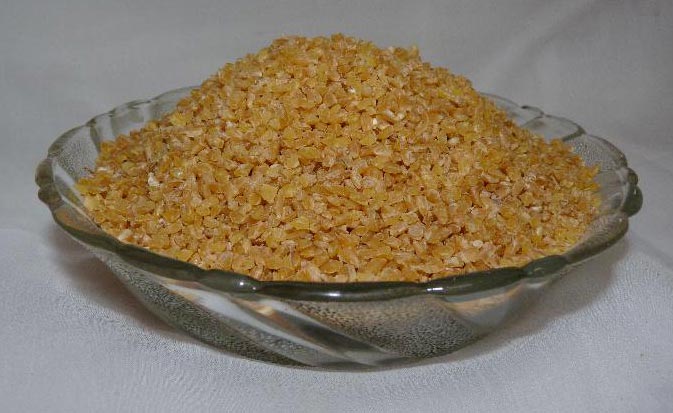
5. Khichri – Plain Rice with Split Moong dal boiled together
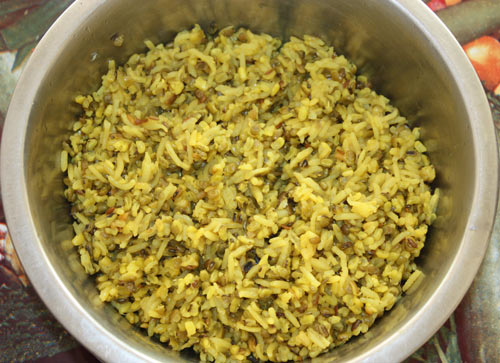
6. Kang No Dholo – Boiled Kang (white lentil)
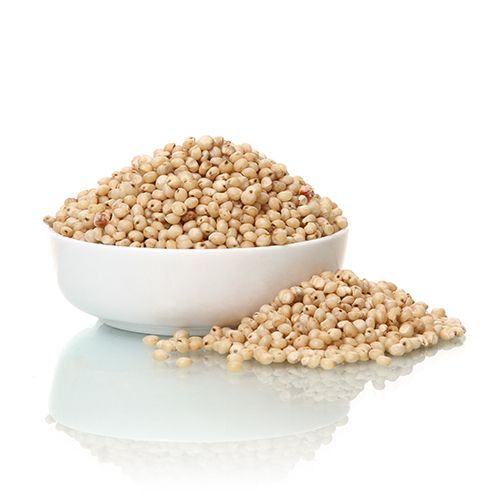
7. Ladvo for Ganpati Bapa
Ladvo Ingredients: Chapatti Flour, Ghee, Hot water
To prepare the Dough, take ‘Sava Muthi’ of flour and a small amount of Ghee as the ‘Moun’ (Shortness) mix with fingertips. Consistency should be like breadcrumbs, and add more ghee if required to get this consistency right. Add hot water and bind to a Dough. Split the Dough into 4 parts (4 Ladvas), Roll a 5 mm thick Bhakri (thick Rotli) on a wooden ‘patlo’ (rolling surface). On a hot ‘lodi’ (Hot flat pan) cook the Bhakri on both sides on low heat so it cooks throughly. Repeat the same for 3 more Bhakhris. Break the Bhakri’s and grind to large lentil size granules. Add warm Gor & Ghee (to taste) to the Ladvo granules and divide into equal portions and shape the ladvos, the Gor & Ghee will cool and become solid. For the offering you must have 2 Ladvos served on a steel plate.

8. Juwar Na Thethwa – Boiled/ Steam Millet granules
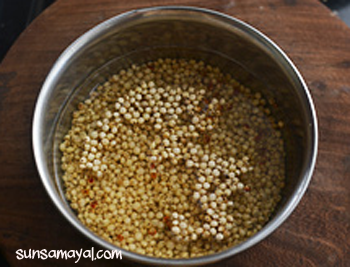
Shorgum boiled and prepared in water
9. Chokha for Sura Pura Dada
Chokha Ingredients: Basmati rice, Water, Gor & Ghee
To prepare the Chokha, take ‘sava muthi’ of the Basmati Rice wash and boil and drain the rice. Add Gor & Ghee (to taste) to the rice. Serve in a small bowl.
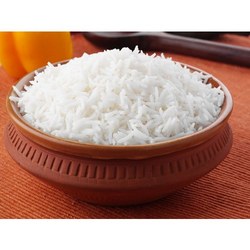
Ceremony and Procedure during the Nived offering:
1. Place a Shrine of 'Mataji' on an elevated platform
2. Cover the platform with a new piece of cloth.
3. Light two divas and some incense sticks and place a a glass of water nearby
5. During ceremony, using your right hand take some cold water and en-circle the Puja Patlo 4 times.
6. Offer all 9 items in small piles either 5 or 7 times
7. Light your diva & incense
8. Once again, with your right hand take some cold water and en-circle the Puja Patlo 4 times.
9. All members then pray, and ask for forgiveness for any misdeeds. Ladies cover their heads with full ‘Laj’
10. Nived Parsad must be eaten on the same day and must not be taken out of the hall or site of the ceremony.
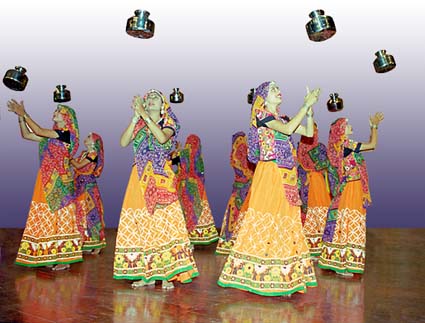
Summary:
Gadher Estadev: Lord Shree Krishna Bhagawan
Gadher Kurdevi: Ashapura maa
Other Kurdevis are also worshipped including Balvi & Gatral maa
Gadher Gotra: Kashyapa gotra
Gadher Origin: Gadhechi village
Gadher Nagbapa: Khakharia bapa
Gadher Dada: Surapura Dada - Thana Bapa
Gadher decendancy: Chudashama Rajput
Gadher gene lineage: Shree Lord Krishna
Gadher gene pool: to be added
Gadher gene addition : to be added
Gadher family tree prior 1900 - read all about it in our other tab
Gadher family tree - present day - visualise it by logging in
TWO critical points:
1) Jagdamba translates to "Universe Mother" and she is considered to be the mother of the entire universe - this is one reason to put aside any 'Kuldevi differences' which detract and distract from the real reality of our Kuldevi Worship ! Whichever ancestral Kuldevi we have faith in, is the one for us to worship !
The only Supreme Devi is Jagdamba Mata and all Kurdevis are her manifestations
2) Millions worship 'Ashapura Maa' for reasons !
For historical reality, please view below :
HISTORY OF ASHAPURA MATAJI < CLICK TO VIEW
Gene Pools and lineages
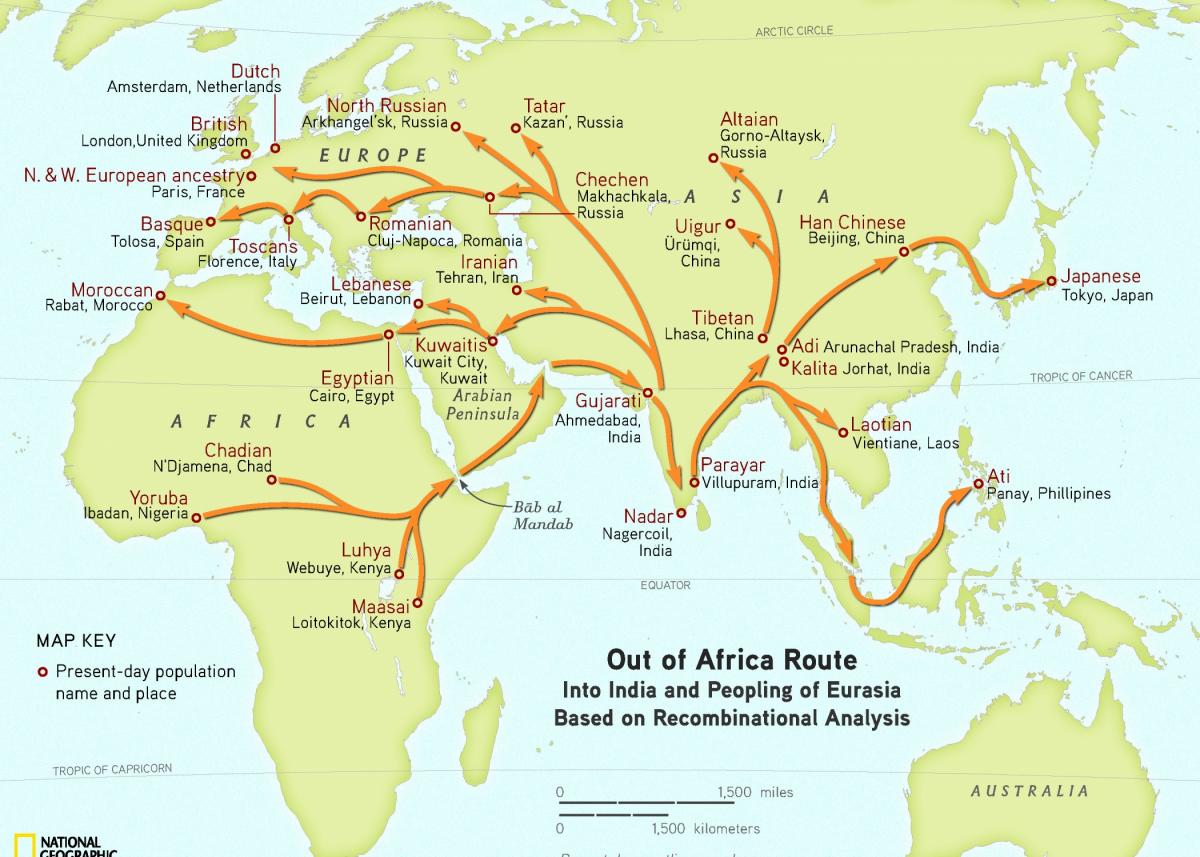
Our sage
Kashyapa is a revered Vedic sage of Hinduism. He is one of the Saptarishis, the seven ancient sages of the Rigveda, as well as numerous other Sanskrit texts and Indian Religious books. He is the most ancient Rishi listed in the colophon verse in the Brihadaranyaka Upanishad.
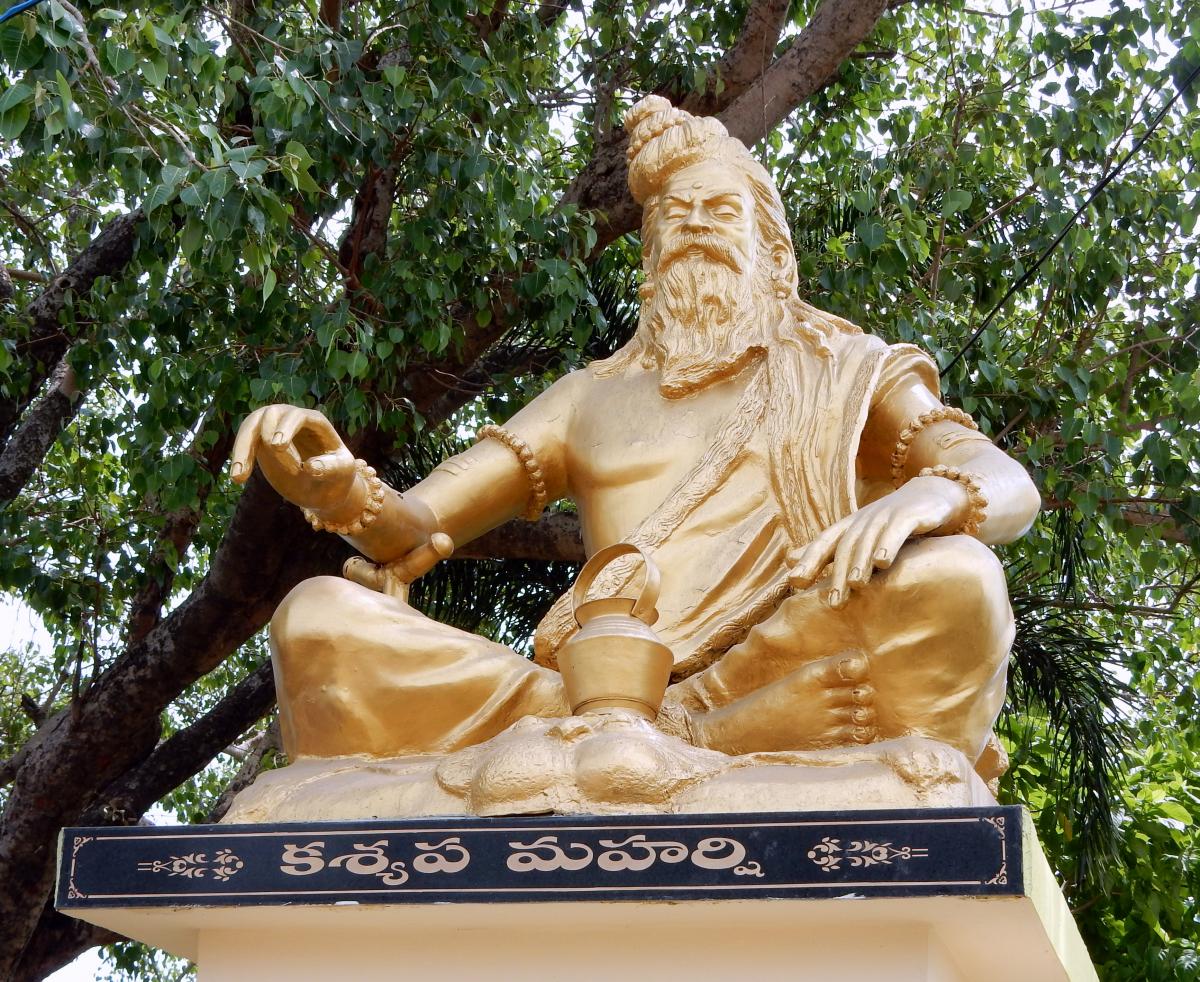
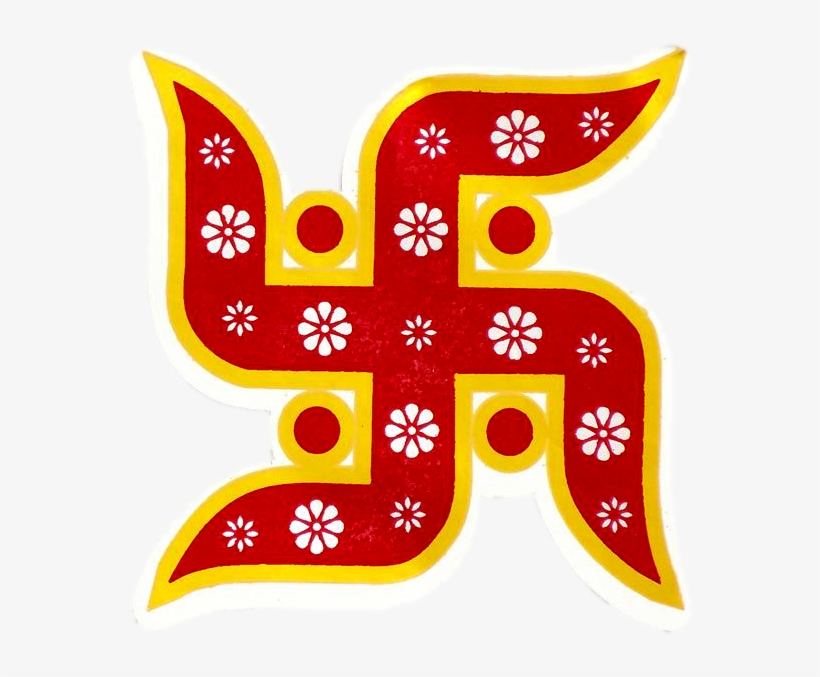
Jivanbhai's saying about Kuldevi, Gotra & Nivad:
It is a real irony that many individuals belive that their Kuldevi is superior to others Kuldevis' - such mindsets detracts from the actual Kuldevi worship !
Not knowing our Gotra, makes us a laughing stock & exposes our ignorance in front of brahmin priests at ceremonies - we are Kashyapa gotra !
Nivad is the appeasement of not only our Kuldevis' but also other dieties - ironically, it is also the appeasement of angry individual Gadher families !
